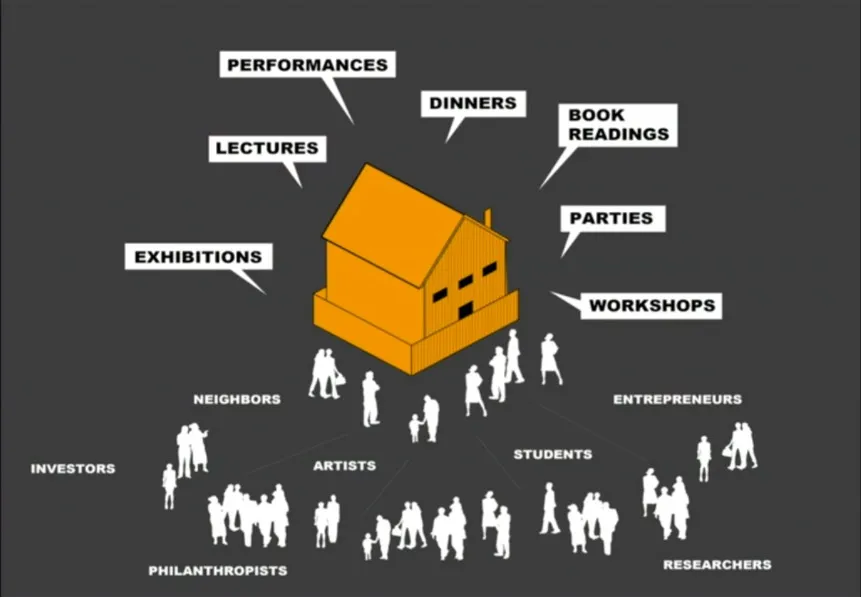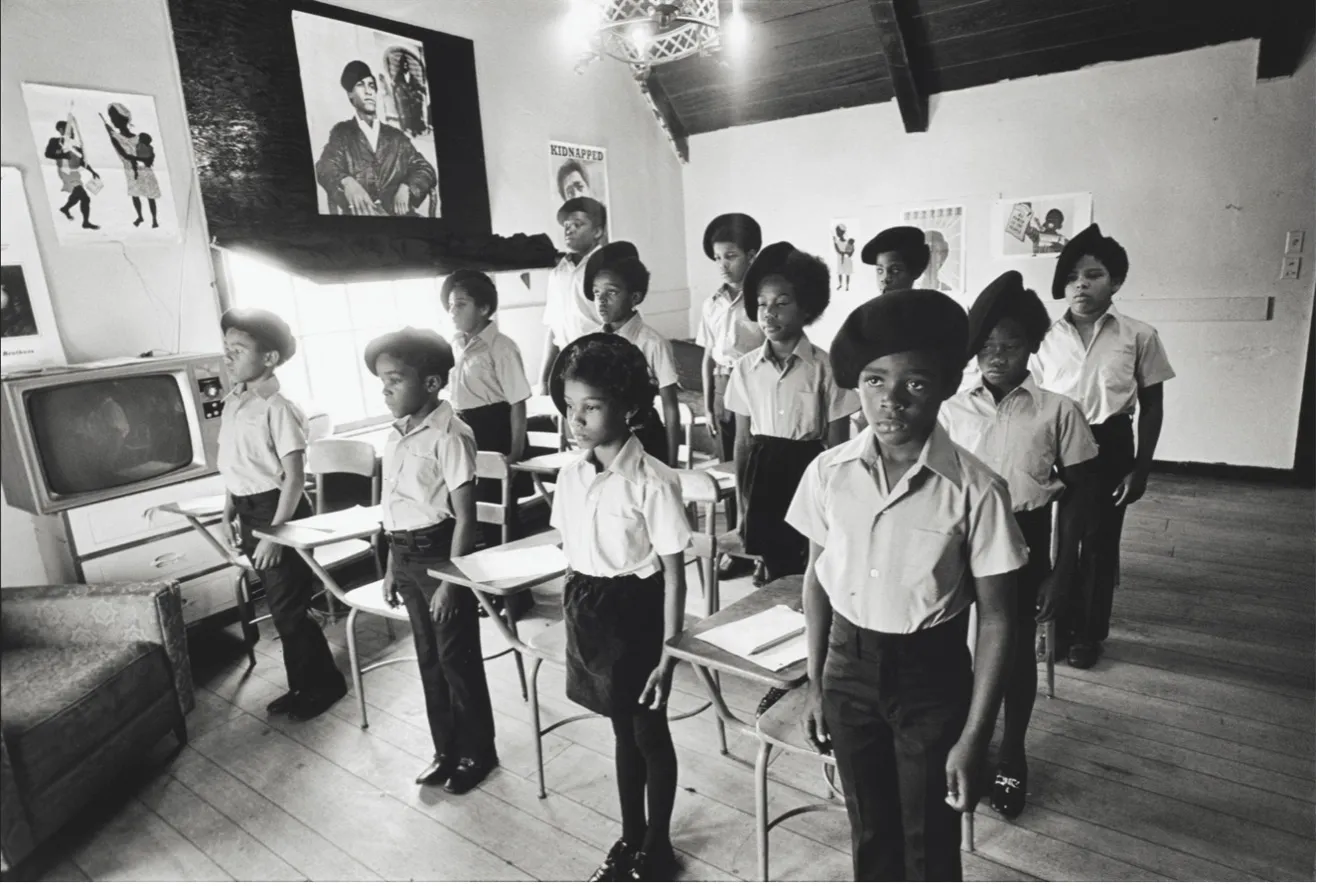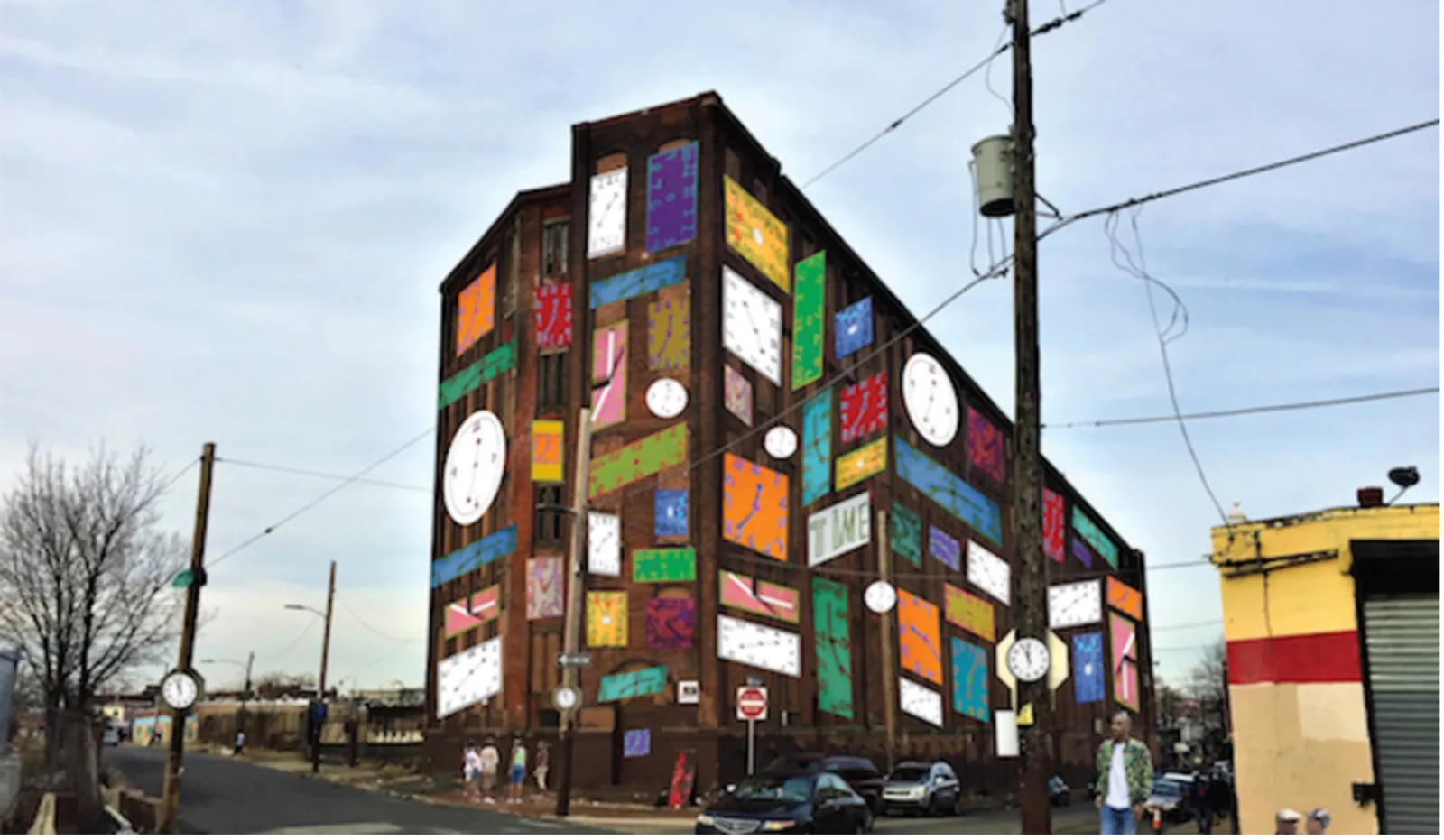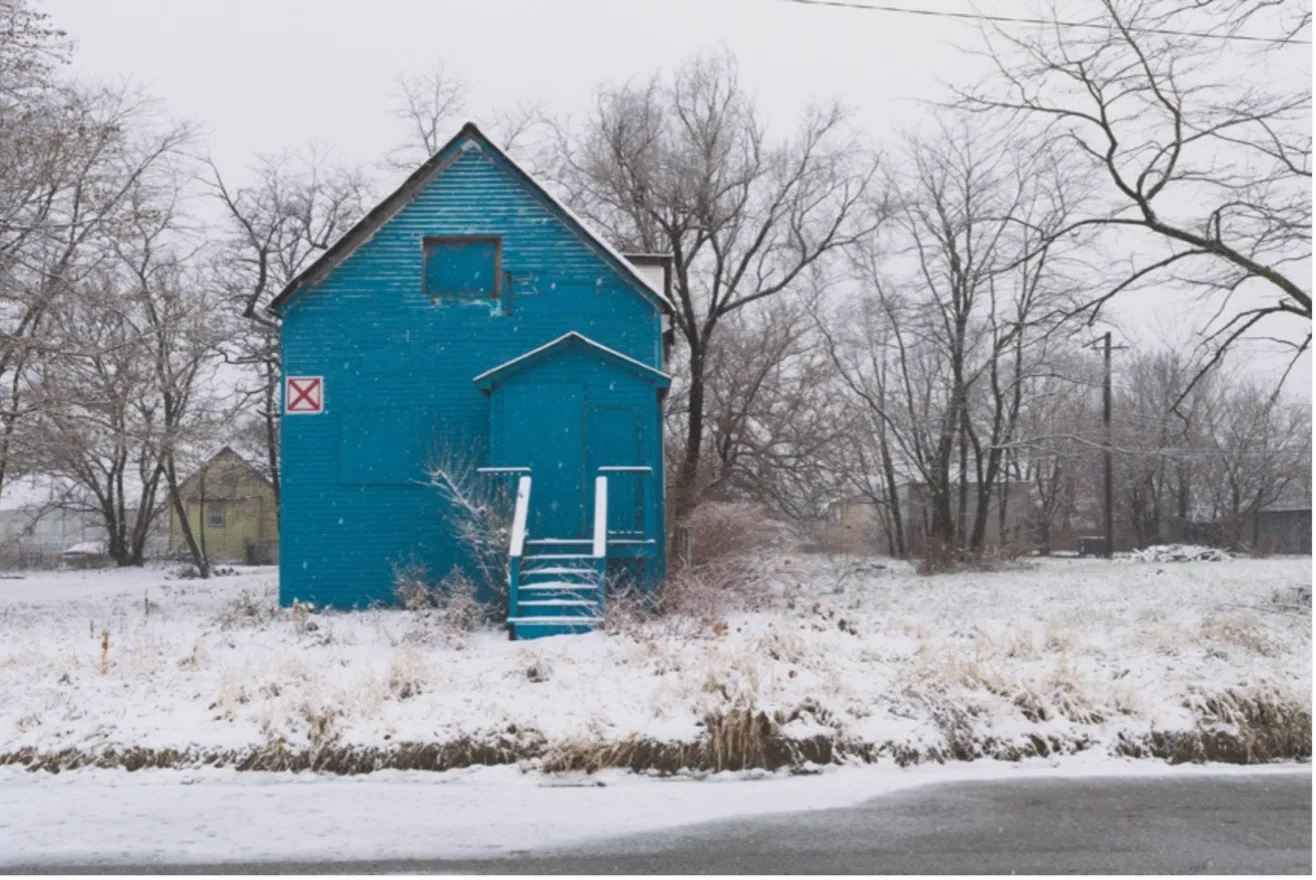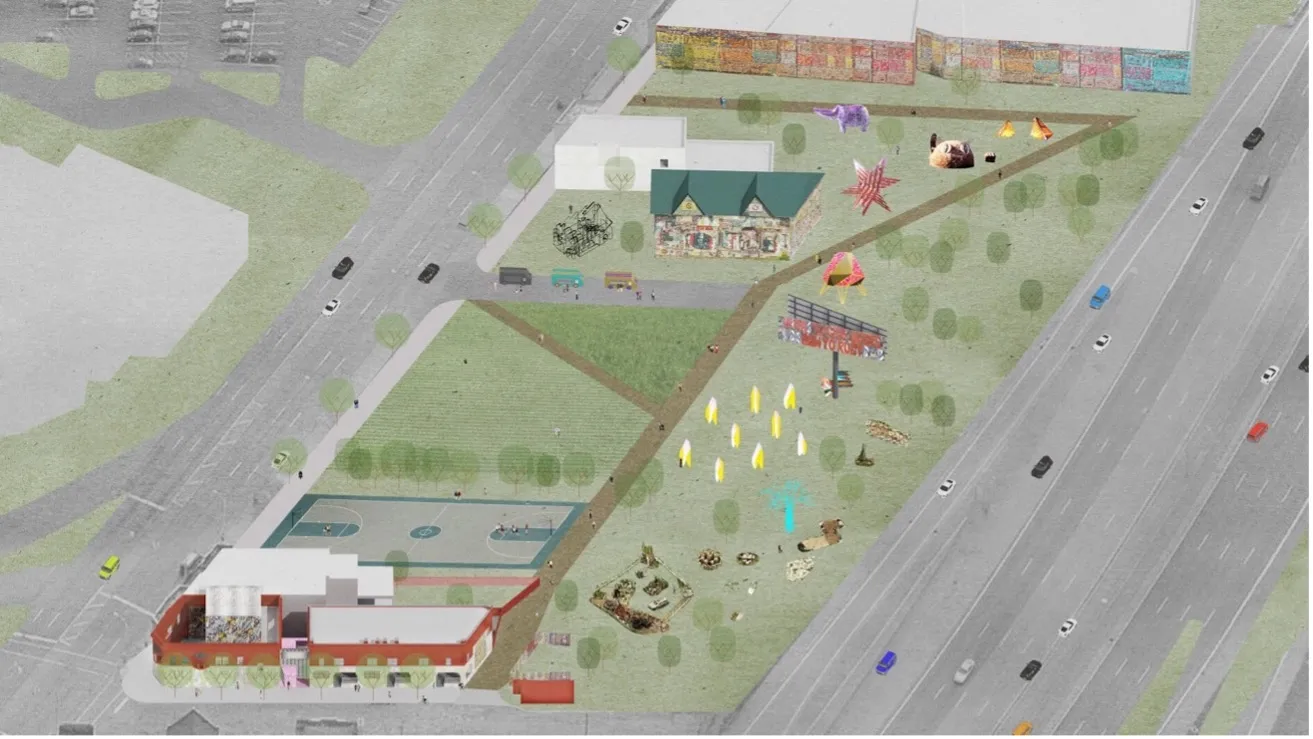Graham Foundation Awards Funding for Exhibition
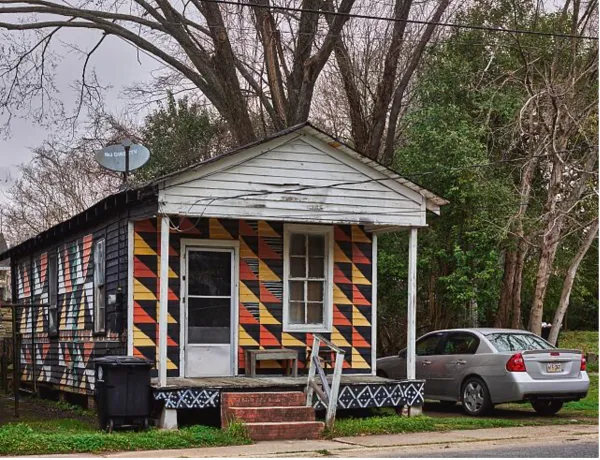
As part of their 2023 grant cycle, the Graham Foundation has awarded funding to support an exhibition envisioned and curated by Associate Professor Charles L. Davis II. The exhibit, “The Black Home as Public Art,” will present nearly a dozen interventions into the Black home, exploring a new model of architectural practice that operates as a culturally rooted and politically motivated form of public art. The exhibition will be on display in the School of Architecture’s Mebane Gallery in Fall 2024, followed by a symposium and publication developed by Davis alongside Assistant Professors Tara A. Dudley and Bryan Norwood.
"This event is the first of three paired exhibitions and symposia that will collectively inaugurate a new online digital archive—the Black Space Archive—that will document the multiple forms of Black creativity that have shaped our built environment from the late nineteenth century to the present," Davis said. "The polemics of this series purposefully broadens the label of 'architect' to capture a wide range of historical figures who have shaped Black spaces, from master builders operating in the U.S. before 1865 to engineers and artists operating at the scale of architecture in the interwar and postwar periods, as well as the experimental spaces of radical homemakers and activists from the founding of the nation. I hope this project will positively contribute to disciplinary efforts to pluralize the canon of celebrated architects and designers in our profession."
Founded in 1956, the Graham Foundation for Advanced Studies in the Fine Arts fosters the development and exchange of diverse and challenging ideas about architecture and its role in the arts, culture, and society. Each year, the Foundation awards project-based grants to individuals and organizations in support of innovative, thought-provoking projects that investigate the contemporary condition, expand historical perspectives or explore the future of architecture and the designed environment.
Davis’ proposal is one of only 38 awarded funding as part of the Graham Foundation’s 2023 organizational grant cycle, with over $500,000 distributed this year to organizations around the world. Davis joined the School of Architecture faculty in Fall 2022 as an Associate Professor of architectural history and criticism. His academic research excavates the role of racial identity and race thinking in architectural history and contemporary design culture.
The University of Texas at Austin has not received a Graham Foundation organizational grant since 2010, when both the School of Architecture and the Harry Ransom Center received awards for Center 17: Space and Psyche and I Have Seen the Future: Norman Bel Geddes Designs America, respectively. In 2020, then-doctoral candidates Kathleen Powers Conti and Willia Granger received the Graham Foundation’s Carter Manny citation of special recognition for their dissertations, “Tell it Like it Was”: Race, Memory and Historic Preservation in the American South (Conti) and Constructing Old Age: Race, Ethnicity, Religion, and the Architecture of Homes for the Aged (Granger).
More details about the timing for Davis’ exhibition will be forthcoming. The complete exhibition description is below.
--
The Black Home as Public Art
This exhibition investigates nearly a dozen artist-led interventions into the Black home that provide a new model of architectural practice that operates as a culturally rooted and politically motivated form of public art. Situated outside of commoditized interpretations of home ownership (as capitalist investment) or autonomous demonstrations of architectural precepts, these projects shape the built environment by concretizing the radical demands of Black social movements, contemporary politics, and generational ideals of racial uplift. Such practices are unique for the hybrid professional identity of the “authors” who, while not licensed architects, insist on the importance of aesthetic interventions in fostering a collective Black imaginary. From Amiri Baraka’s Kawaida Towers and Tyree Gordon’s Heidelberg Projects to June Jordan’s literary depictions of renovated Harlem brownstones and Rick Lowe’s Project Row Houses, this exhibit recovers the innovative patterns of Black authorship that have been whitewashed or erased in disciplinary histories of licensed architectural genius.
--
Photo caption (above): Carol M. Highsmith, “Art house” in Baton Rouge, Louisiana, February 10, 2021. Digital photograph. Courtesy the artist
